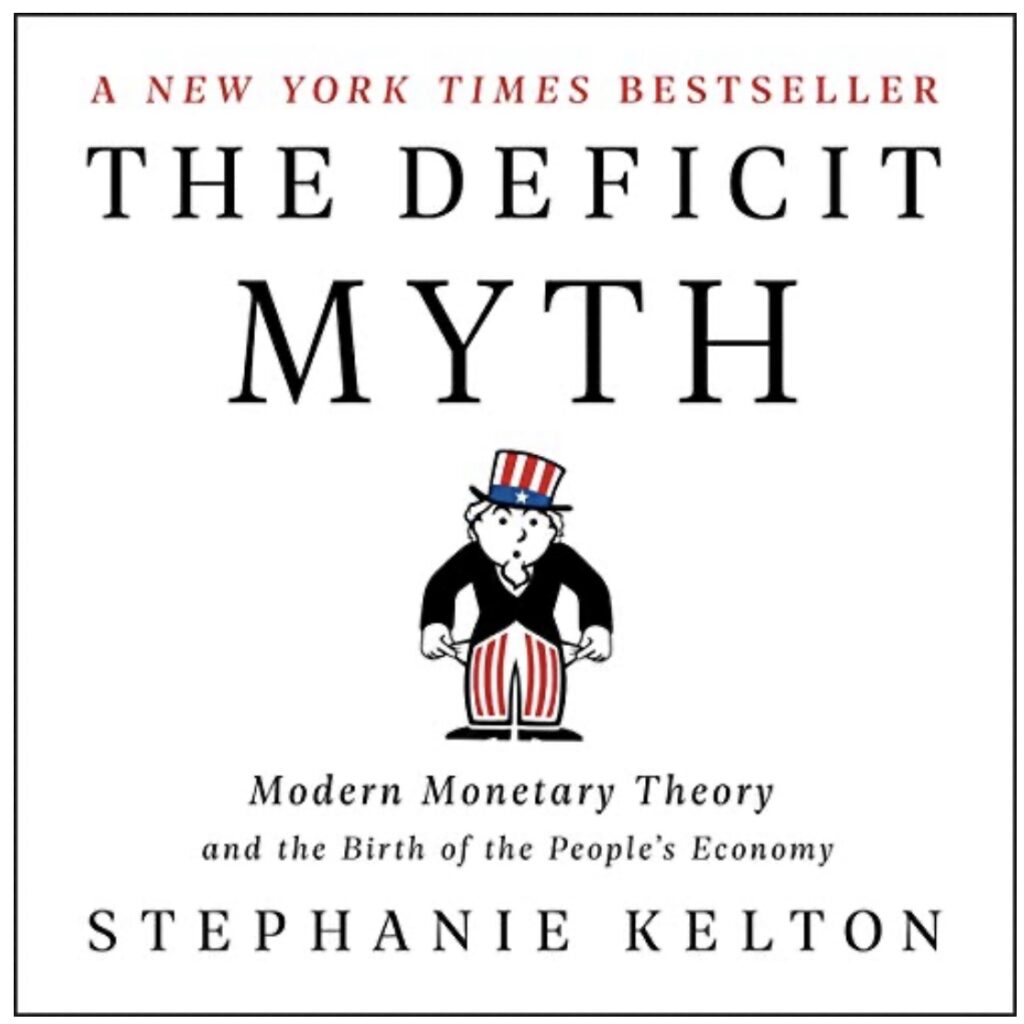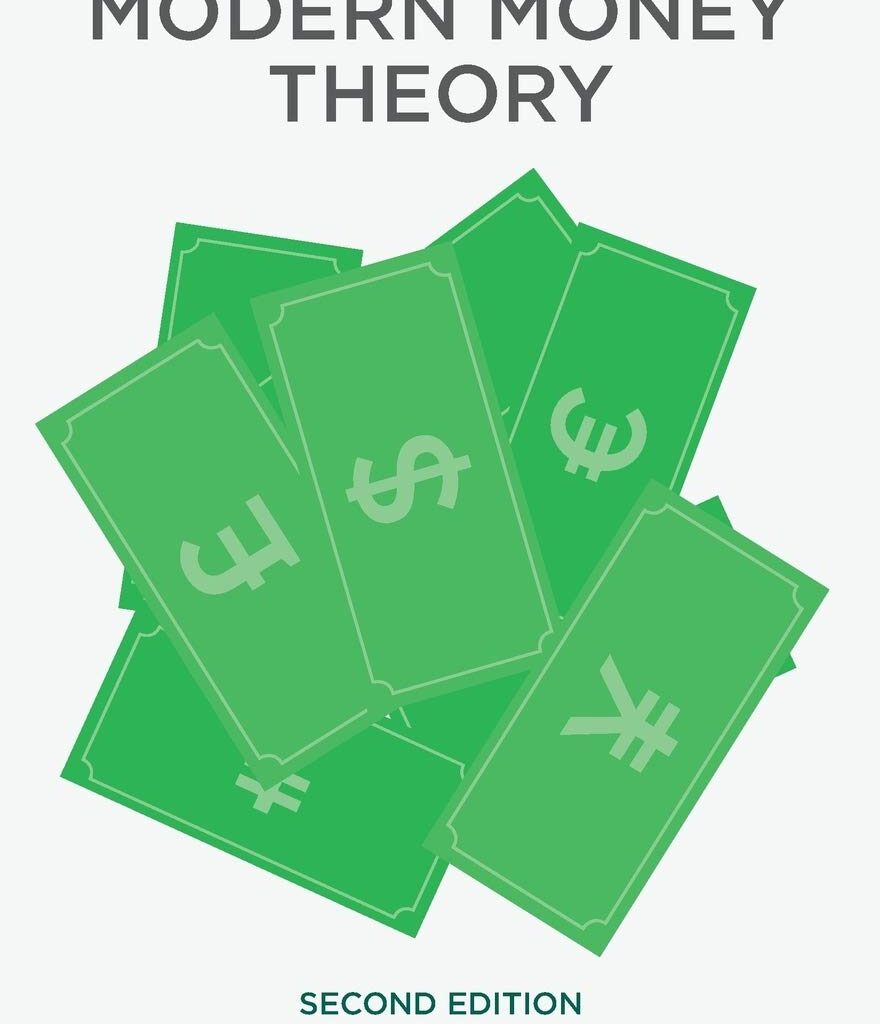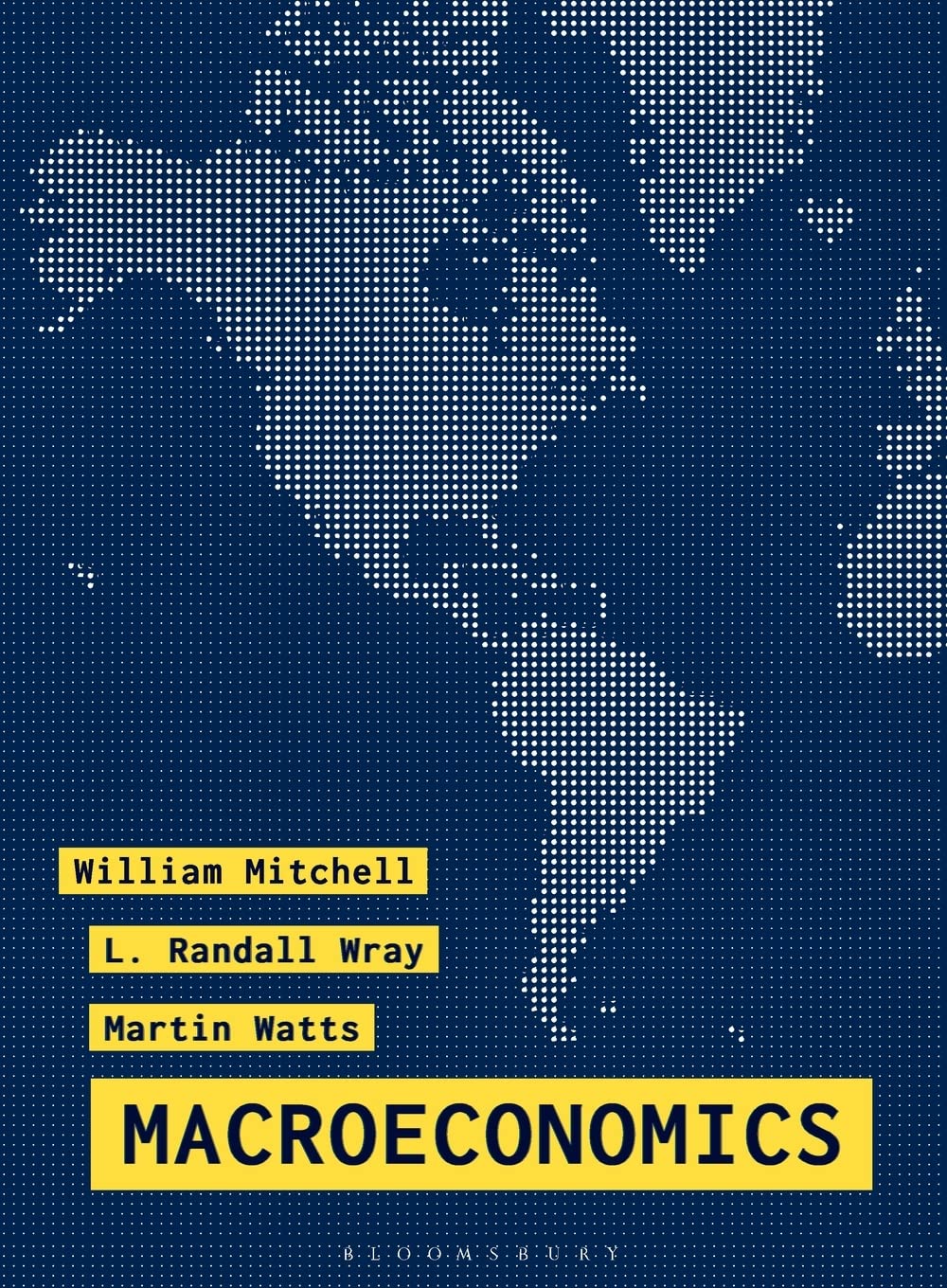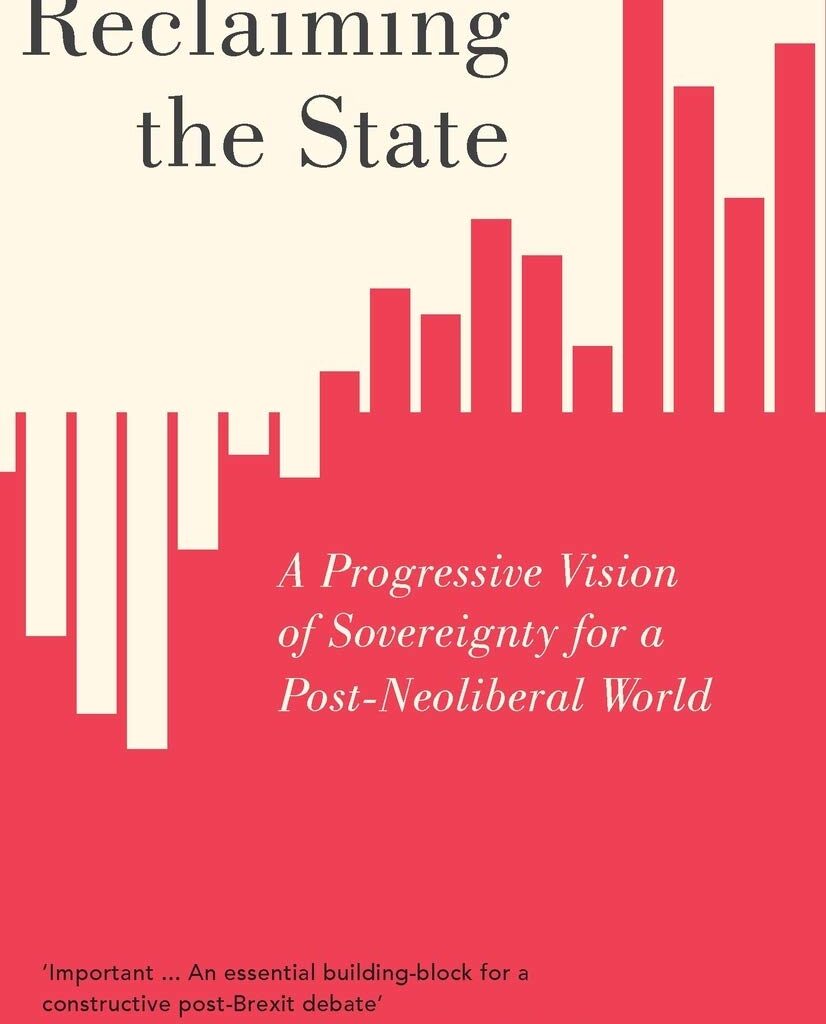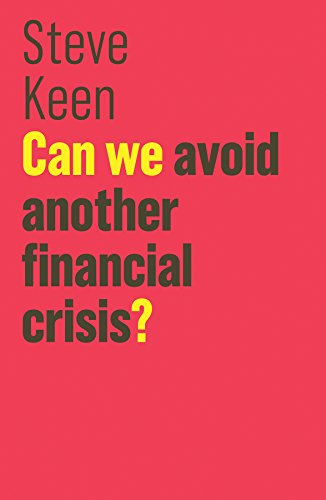Table of Contents
Unraveling the Tapestry of Modern Monetary Theory

Modern Monetary Theory (MMT) emerges as a paradigm challenging traditional views on fiscal policy and government spending in economic thought. This comprehensive exploration seeks to demystify MMT, delving into its origins, principles, debates, practical applications, and potential future implications. Often regarded as a radical departure from conventional economic theories, MMT presents a unique perspective on how governments can manage their economies, particularly regarding monetary policy, debt, and fiscal responsibility.
At its core, MMT invites us to rethink some of the most fundamental aspects of economics:
- The role of government in managing the economy
- The nature of money and debt
- The interplay between fiscal policy and economic growth
Its emergence has sparked vigorous debates among economists, policymakers, and the public, making it a focal point of contemporary economic discourse. By exploring MMT, we understand its principles and engage with broader questions about economic stability, social equity, and the future of global financial systems.
The journey through Modern Monetary Theory is not just an academic exercise; it’s a foray into a world where economic orthodoxies are questioned, and new possibilities for fiscal policy and government spending are considered. As we unfold the layers of MMT, we discover its potential to redefine the boundaries of economic policy and its implications for national and global economies. This introduction sets the stage for a deeper exploration of MMT, paving the way for a thorough understanding of a theory that could very well shape the future of economic policymaking.
The Genesis of Modern Monetary Theory
Tracing the roots of MMT takes us back to the early 20th century, intertwining with the ideas of Keynesian economics. This section explores the historical context of MMT, highlighting how it diverged from and built upon existing economic theories. The journey into the genesis of Modern Monetary Theory is a voyage through time, uncovering the evolution of economic thought that paved the way for this revolutionary perspective.
1.1: Historical Background
MMT’s origins are deeply rooted in the Keynesian approach, yet it takes a distinct path in addressing the role of government in the economy. The seeds of MMT were sown in the aftermath of the Great Depression and World War II, a time when traditional economic theories could not provide adequate solutions for the financial crises of the era. The Keynesian revolution, which advocated for active government intervention in the economy, laid the groundwork for MMT. However, MMT diverged from Keynesianism by emphasizing the sovereign nature of currency and the government’s role in its issuance and regulation.
This subsection will further explore how the Bretton Woods system and the eventual move to fiat currencies created an environment conducive to the development of MMT. The abandonment of the gold standard and the adoption of fiat currencies provided practical examples of the concepts central to MMT, such as the government’s ability to create money.
1.2: Key Theorists and Contributions
Pioneers like Warren Mosler and L. Randall Wray have been instrumental in shaping the foundation of MMT. Their contributions have laid the groundwork for understanding how modern economies can leverage their monetary sovereignty. Warren Mosler, often considered the father of MMT, brought forward the idea of the government’s monopoly over its currency. His work emphasized how this control over the money supply could be used to achieve full employment and economic stability.
L. Randall Wray, another key figure in the development of MMT, further elaborated on these ideas. His writings delved into how governments, as issuers of their currencies, are not constrained by the same financial limitations as households or businesses. This section will discuss their seminal works and how they contributed to the theoretical framework of MMT, alongside the contributions of other important figures like Stephanie Kelton and Bill Mitchell, who expanded and popularized these ideas.
In summary, this section uncovers the historical and intellectual foundations of Modern Monetary Theory, illustrating how it evolved from existing economic thought and how its pioneers shaped it into the theory we discuss today. Through this exploration, we gain a deeper appreciation of the complex tapestry of ideas and events that led to the emergence of MMT as a significant school of economic thought.
Core Principles of Modern Monetary Theory
At the heart of MMT lies the concept that sovereign governments, which issue their currencies, face no financial constraints in spending. This revolutionary idea redefines the role of fiscal policy in driving economic growth and stability. In this section, we will explore the foundational principles of Modern Monetary Theory, unraveling how it reinterprets the dynamics of currency, debt, and government spending.
2.1: Sovereign Currency and Government Spending
The theory proposes that as long as a government issues its currency, it cannot run out of money like a household or business. This principle is the cornerstone of MMT and radically alters our understanding of government spending. Unlike individuals or corporations, a government that controls its currency can always create more money to fund its operations. This does not mean governments can spend without limit, but it challenges the conventional wisdom that equates government budgets with household budgets.
This subsection will delve into the implications of this perspective, discussing how it suggests a different approach to addressing economic issues like unemployment and infrastructure development. We will explore how MMT advocates argue that concerns about budget deficits and national debt are often misplaced and that the actual limits to government spending are resources and inflation rather than the availability of money.
2.2: The Role of Taxes and Inflation
MMT posits a distinctive view on taxes, seeing them not as revenue sources but as tools for controlling inflation. This perspective significantly alters the conventional understanding of fiscal policy. According to MMT, taxes do not fund government spending; instead, they regulate aggregate demand, prevent inflation, and maintain the currency’s value. This shifts the focus from balancing budgets to managing the economy’s health.
In this subsection, we will also address the MMT viewpoint on inflation. MMT acknowledges the risk of inflation but argues that it results from overspending relative to the economy’s capacity, not merely the result of increased money supply. This nuanced view of inflation provides a different framework for policy decisions, prioritizing full employment and resource utilization over strict adherence to balanced budgets.
By exploring Modern Monetary Theory’s core principles, we gain insight into a framework that challenges many traditional economic assumptions. It offers a new lens through which to view the role of government in the economy, the nature of money and debt, and the objectives of economic policy. This section aims to provide a clear and comprehensive understanding of these fundamental concepts, setting the stage for further discussion on MMT’s debates, applications, and future.
Debating MMT – Criticisms and Support
Critics argue that MMT’s approach could lead to runaway inflation and fiscal irresponsibility. This section will delve into MMT’s various criticisms and defenses, showcasing the ongoing debate within the economic community. As a theory that challenges conventional financial wisdom, MMT has sparked a lively discourse, with solid arguments on both sides.
3.1: Critiques from Traditional Economists
The main concerns from critics revolve around inflation control, debt sustainability, and the practicality of implementing MMT in a complex global economy. A central critique is the risk of hyperinflation: the fear that unrestrained government spending, as suggested by MMT, could lead to an excessive increase in the money supply, thereby devaluing the currency and causing prices to spiral. Critics also express concerns about the national debt, arguing that even for countries with monetary sovereignty, there is a limit to how much debt can be accumulated before it undermines economic stability.
This subsection will explore these critiques in detail, drawing on examples and theories from traditional economic perspectives. It will discuss how mainstream economists view the relationship between government spending, debt, and inflation and contrast these views with the MMT approach.
3.2: Defense and Support from MMT Advocates
Proponents of MMT counter these criticisms, emphasizing the theory’s potential to transform public policy. They argue that, with proper implementation, MMT can lead to more equitable and stable economic growth. Advocates of MMT say that the theory is often misunderstood or misrepresented by its critics. They emphasize that MMT does not advocate for unlimited spending but instead promotes using the government’s fiscal capacity to achieve full employment and optimal economic output.
This subsection will delve into the arguments put forward by MMT supporters. It will discuss how MMT advocates view the role of government spending in stimulating economic activity, especially in times
of recession or low demand. The subsection will also address how MMT proposes to manage inflation and debt, highlighting the policy tools and mechanisms suggested by MMT theorists.
Through this detailed exploration of the debates surrounding MMT, we aim to present a balanced view of the theory’s strengths and weaknesses. By examining the critiques and defenses, we can better understand the potential impact of MMT on economic policy and the broader economic discourse. This section will provide readers with the necessary context to form their own informed opinions on this increasingly influential economic theory.
Modern Monetary Theory in Practice
Examining countries like Japan and the U.S. provides real-world insights into MMT’s applications and limitations. This section will look at how elements of MMT have been applied in different economic contexts and the outcomes of these applications. Modern Monetary Theory, while primarily a theoretical framework, offers insights that can be observed in real-world economic policies, even in countries that do not explicitly endorse MMT.
4.1: Case Studies and Examples
Examples from various countries will be discussed to illustrate how MMT concepts have influenced real-world economic policies. For instance, Japan’s debt and monetary policy approach exhibits some characteristics aligned with MMT principles. Despite a high debt-to-GDP ratio, Japan has maintained low inflation and interest rates, challenging traditional economic concerns about high debt levels.
Similarly, the fiscal response of the United States to the 2008 financial crisis and the COVID-19 pandemic can be seen as aligning with MMT principles. The substantial government spending aimed at stimulating the economy during these crises demonstrates the capacity of governments to mobilize financial resources in response to economic challenges, consistent with MMT’s view on government spending and monetary sovereignty.
This subsection will delve into these cases, examining how elements of MMT are reflected in their economic policies and the outcomes of these approaches. It will also explore the nuances and complexities of applying MMT principles in different economic and political contexts.
4.2: MMT’s Influence on Policy Making
Recent fiscal policies, especially in response to economic crises, reflect the growing influence of MMT principles. This subsection will explore how MMT has shaped government responses to financial challenges. It will discuss how the theory’s emphasis on fiscal policy as a tool for achieving full employment and economic stability has influenced recent economic strategies.
Moreover, this part will address the growing interest in MMT among policymakers and political leaders, particularly in debates on financing large-scale public projects like infrastructure development and social programs. The influence of MMT in shaping the discourse on fiscal sustainability and economic growth will be highlighted, demonstrating how the theory is increasingly being considered in formulating economic policies.
Through this exploration of Modern Monetary Theory in practice, this section aims to bridge the gap between theory and real-world application. It provides a comprehensive overview of how MMT principles have been reflected in various economic policies and the implications of these applications. This section offers insights into the practical aspects of MMT and contributes to the ongoing debate about the theory’s viability and effectiveness in managing modern economies.
The Future of Modern Monetary Theory
The landscape of economic thought is continually evolving, with MMT contributing to a paradigm shift. This final section will speculate on the future trajectory of MMT and its potential long-term impacts on global economics and policy. As we delve into this forward-looking analysis, it becomes evident that the influence of MMT is not confined to academic circles but extends to the broader realms of fiscal policy and economic governance.
5.1: Evolving Perspectives in Economics
MMT’s growing popularity suggests a shift towards more flexible and dynamic economic models, reflecting the complexities of modern economies. The traditional economic models, primarily based on the principles of market equilibrium and fiscal conservatism, have been challenged by the realities of financial crises, rising inequality, and environmental concerns. MMT offers an alternative perspective emphasizing the government’s active role in managing the economy and addressing social issues.
This subsection will explore how MMT influences the current economic discourse, potentially leading to reevaluating how we understand fiscal responsibility, debt sustainability, and monetary policy. The growing interest in MMT among a new generation of economists and policymakers indicates a shift in how future economic policies might be formulated.
5.2: Potential Impacts and Developments
MMT’s influence could extend beyond economics, affecting social and political spheres. The implications of adopting MMT principles on a larger scale are profound. If governments increasingly adopt MMT-based policies, we might see more proactive fiscal policies addressing unemployment, climate change, and social welfare.
This subsection will explore potential future scenarios where MMT principles could be widely adopted. It will discuss the possibilities of using MMT as a framework for financing green initiatives and infrastructure projects, reducing unemployment through government-funded programs, and rethinking the global financial system. These developments’ potential challenges and risks, such as managing inflation and ensuring responsible fiscal governance, will also be examined.
Essential Books That Delve Into The Principles Of Modern Monetary Theory (MMT)
Modern Monetary Theory (MMT) has been a subject of significant interest and debate, particularly in economics and public policy. Here are some essential books that delve into the principles, implications, and discussions surrounding Modern Monetary Theory:
“The Deficit Myth: Modern Monetary Theory and the Birth of the People’s Economy” by Stephanie Kelton
“The Deficit Myth: Modern Monetary Theory and the Birth of the People’s Economy” by Stephanie Kelton is a profound exploration of Modern Monetary Theory (MMT), presenting it as a crucial and innovative idea in contemporary economics. Kelton, a leading thinker and advocate of MMT, offers a new perspective on addressing significant societal issues such as poverty, inequality, job creation, health care expansion, climate change, and resilient infrastructure development. She challenges the conventional wisdom that the federal government should operate like a household, arguing that this belief and misconceptions about deficits hinder societal progress.
“Modern Monetary Theory: A Primer on Macroeconomics for Sovereign Monetary Systems” by L. Randall Wray
“Modern Money Theory: A Primer on Macroeconomics for Sovereign Monetary Systems” by L. Randall Wray is a comprehensive work exploring money mechanics in modern economies. The book synthesizes key concepts of Modern Money Theory (MMT), delving into macro accounting, currency regimes, and exchange rates. It provides insights into the U.S. economy and developing nations, explaining how money functions and impacts these diverse economic systems.
“Macroeconomics” by William F. Mitchell, L. Randall Wray, and Martin Watts
“Macroeconomics” by William Mitchell, L. Randall Wray, and Martin Watts is a pioneering textbook that encourages a critical examination of macroeconomic theory, contrasting mainstream (orthodox) and alternative (heterodox) approaches. As the first textbook to develop a heterodox model grounded in Modern Monetary Theory (MMT), it draws from the theories of Keynes, Kalecki, Veblen, Marx, and Minsky. The book argues that the poor economic performance in many wealthy capitalist countries could have been avoided through policies recommended by MMT. It’s designed for various academic levels, offering a comprehensive overview for beginners and covering advanced topics. The text is conceptually explained, with technical and mathematical details provided in appendices for flexibility. Additionally, it includes online resources to support teaching and learning
“Reclaiming the State: A Progressive Vision of Sovereignty for a Post-Neoliberal World” by William Mitchell and Thomas Fazi
“Reclaiming the State: A Progressive Vision of Sovereignty for a Post-Neoliberal World” by William Mitchell and Thomas Fazi presents a thought-provoking economic analysis that challenges the current neoliberal order. The book argues that the crisis of neoliberalism, highlighted by events like Brexit, the election of Donald Trump, and the rise of neo-nationalism, reflects a more profound yearning for national sovereignty. Mitchell and Fazi reimagine the nation-state as a tool for progressive change, demonstrating that, despite neoliberalism’s impact, the state retains the capacity for democratic control over a nation’s economy and finances. This work offers a comprehensive strategy for revitalizing progressive economics in the 21st century, emphasizing the potential of the nation-state to enact significant social and economic reforms.
“Can We Avoid Another Financial Crisis?” by Steve Keen
“Can We Avoid Another Financial Crisis?” by Steve Keen offers an in-depth analysis of the factors leading to financial crises, mainly focusing on private debt levels. Keen highlights countries on the brink of financial disaster and explores the reasons behind their precarious situations, including the systemic issues in current economic models. He critiques mainstream economic theories for their failure to anticipate crises, emphasizing the inherent flaws in the financial system and the role of private debt in economic instability. Keen argues for reevaluating economic models and policies, suggesting that understanding and managing personal debt is crucial for avoiding future crises.
These books provide a range of perspectives on Modern Monetary Theory, from its core principles to its application in policy and its role in broader economic debates. Whether new to MMT or looking to deepen your understanding, these works offer valuable insights.
Rethinking Economic Boundaries
As we delve into the intricacies of Modern Monetary Theory, it becomes evident that it is more than just an economic model; it’s a lens through which we can reimagine fiscal policy and government intervention in the economy. This journey through the principles, critiques, real-world applications, and prospects of MMT reveals its potential to reshape our understanding of economic governance fundamentally.
MMT challenges us to reconsider long-held economic beliefs, particularly about government debt, fiscal deficits, and the role of money in the economy. It confronts traditional narratives that often equate government budgets with household spending, urging a reevaluation of how monetary sovereignty can be leveraged for broader economic and social benefits. In doing so, MMT opens up new avenues for addressing some of the most pressing challenges of our times, including unemployment, inequality, and climate change.
The debate around MMT is not merely academic but deeply relevant to everyday economic policies and decisions. As we have seen, elements of MMT are increasingly reflected in the fiscal responses to financial crises, suggesting a gradual shift in policy perspectives. This shift could herald more proactive and ambitious government initiatives aimed at achieving full employment, environmental sustainability, and greater social welfare.
However, the adoption of MMT principles also comes with challenges and responsibilities. It requires careful management of inflation, thoughtful design of fiscal policies, and a nuanced understanding of economic dynamics. Policymakers adopting MMT-based strategies must be vigilant against the misuse of monetary sovereignty and remain committed to sustainable financial practices.
The influence of MMT is likely to grow as economists and policymakers grapple with the complexities of modern economies. Whether it becomes a dominant economic theory or remains one among many, MMT’s contribution to economic discourse is significant. It has sparked a vital conversation about the possibilities and limits of fiscal and monetary policy, encouraging a more critical and imaginative approach to economic challenges.
In conclusion, Modern Monetary Theory compels us to rethink economic boundaries. It challenges conventional wisdom and encourages a broader exploration of how economic policies can be crafted for stability and growth, social equity, and environmental sustainability. The exploration of MMT is not just about understanding a theory; it is about envisioning a future where economic policy is more dynamically aligned with the needs and aspirations of society. As we continue to navigate a rapidly changing economic landscape, the ideas and debates surrounding MMT will undoubtedly play a crucial role in shaping the future of economic policymaking.
Frequently Asked Questions (FAQ)
This section addresses common questions and misconceptions about Modern Monetary Theory (MMT), providing clear and concise answers. It serves as a resource for readers seeking to deepen their understanding of MMT and its implications.
- What is Modern Monetary Theory in simple terms?
- Modern Monetary Theory (MMT) is an economic framework that suggests that countries that issue their currencies can never “run out of money,” like individuals or businesses. It argues that such governments can spend freely to meet social and economic goals, as tax revenues do not constrain their spending. According to MMT, the primary limit is inflation, which can result from overspending.
- How does MMT differ from traditional economic theories?
- Traditional economic theories often emphasize balancing budgets and reducing government debt. MMT challenges this view, arguing that sovereign currency issuers can and should use their currency-issuing capacity to achieve full employment and address social needs. It shifts the focus from balancing budgets to ensuring that spending is productive and does not lead to excessive inflation.
- Can MMT lead to increased inflation?
- One of the primary criticisms of MMT is the potential risk of inflation. MMT acknowledges this risk but argues that inflation is a result of spending beyond the economy’s productive capacity, not merely from increased money supply. MMT advocates using taxes and other tools to manage inflation rather than limiting spending based on revenue constraints.
- Has any country fully implemented MMT?
- No country has fully implemented MMT as a stated policy framework. However, elements of MMT can be observed in the fiscal policies of countries with sovereign currencies, such as the United States and Japan. These countries have engaged in substantial government spending without encountering the high inflation or financial crises that traditional theories predict.
- Is MMT a universally accepted theory?
- MMT is not universally accepted and remains a subject of significant debate within the economic community. While it has gained traction and attention, especially in policy discussions, it faces criticism and skepticism from many mainstream economists who raise concerns about its implications for inflation, debt sustainability, and economic stability.
- How does MMT propose to address unemployment?
- MMT advocates for proactive government spending to achieve full employment. It suggests that the government can create jobs and fund public projects to absorb any unemployment in the economy, arguing that the government’s spending capacity should be used to ensure that everyone who wants to work can find employment.
- What role do taxes play in MMT?
- In MMT, taxes are not primarily seen as a way to fund government spending. Instead, they are tools to regulate inflation, redistribute wealth, discourage certain behaviors, and maintain the demand for the currency. According to MMT, taxes help manage the economy’s overall demand, preventing overheating and inflation.
This FAQ section aims to clarify key aspects of Modern Monetary Theory, making it more accessible and understandable to those interested in this innovative economic perspective. It addresses some of the most common queries and concerns, providing a foundation for further exploration and discussion of MMT.


